A recent severe drought that has triggered hunger for millions across southern Africa is primarily attributed to the El Nino weather pattern rather than climate change, according to scientists from the World Weather Attribution (WWA) research group.
Zambia, Zimbabwe, and Malawi have declared a national disaster due to the prolonged dry spell that began in January, devastating crops and pastures. Despite President Hakainde Hichilema of Zambia linking the lack of rains to climate change while appealing for aid, scientists found that global warming had minimal influence on the drought.
Joyce Kimutai from Imperial College London stated, "The southern Africa drought appears to be a rarer example of an event fuelled primarily by El Nino," highlighting the dominance of this natural phenomenon in driving the extreme weather conditions.
Researchers focused on Zimbabwe, Botswana, Zambia, and Mozambique, analyzing historical weather data during the peak rainy season from December to February. They noted that while overall rainfall has increased in the region due to global warming, effective precipitation has not seen a corresponding rise due to increased water evaporation caused by higher temperatures.
El Nino, characterized by warming of surface temperatures in the central and eastern equatorial Pacific Ocean, leads to reduced rainfall in affected regions like southern Africa, exacerbating drought conditions.
The current El Nino, which emerged in mid-2023, is anticipated to impact temperatures until May, further prolonging the dry spell in the region.
The drought has resulted in severe hunger and malnutrition, affecting over 20 million people across southern Africa, according to aid agency Oxfam. Additionally, water shortages have triggered outbreaks of cholera and other waterborne diseases in Zambia and Zimbabwe, compounding the humanitarian crisis.



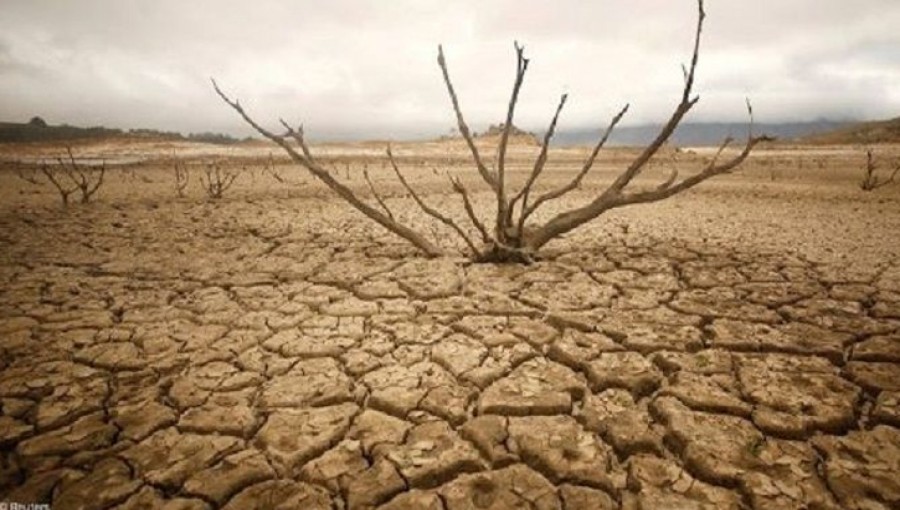
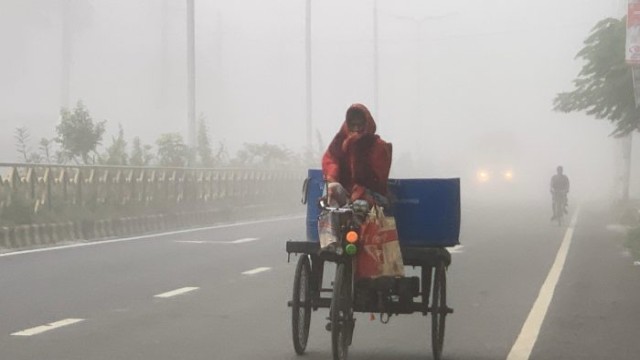
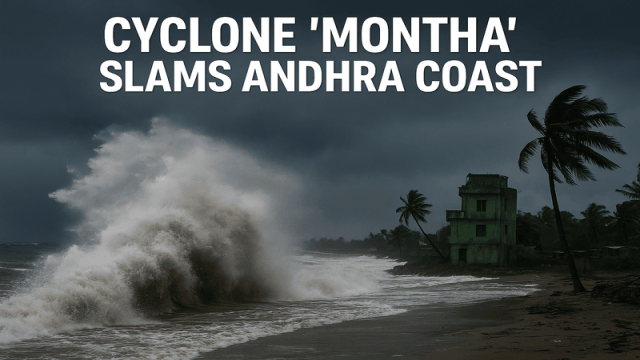
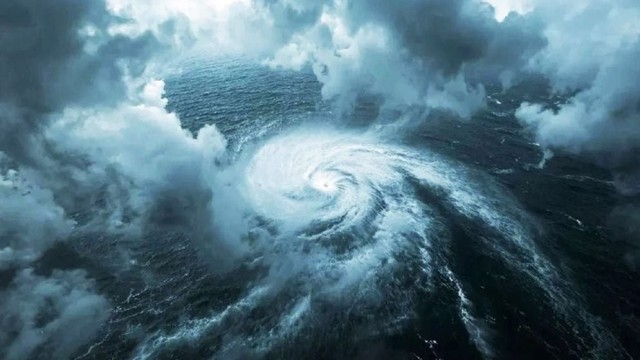
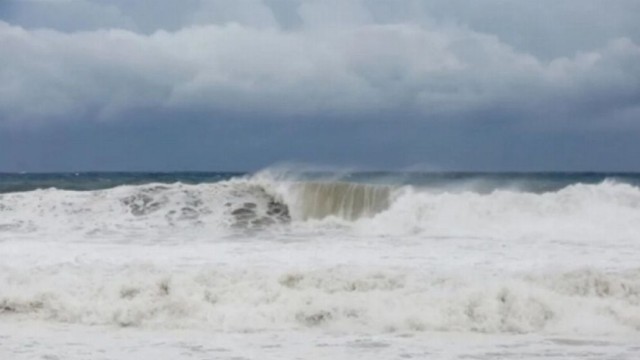
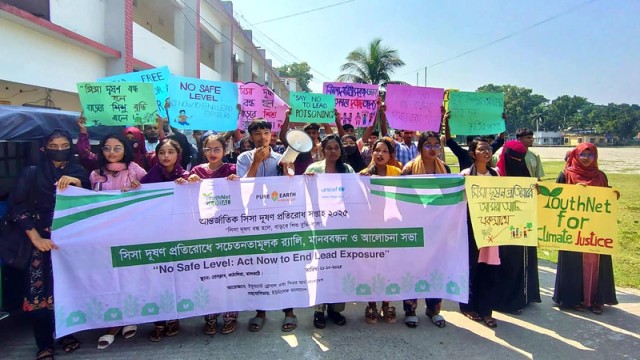
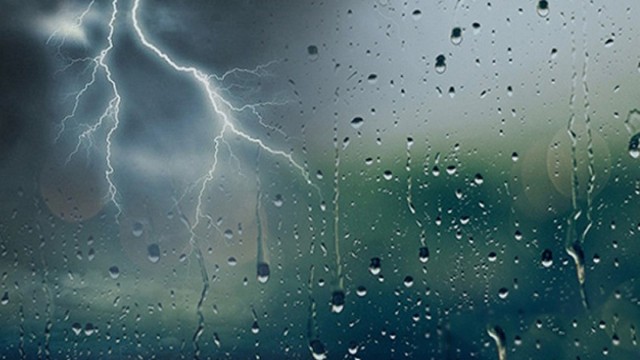
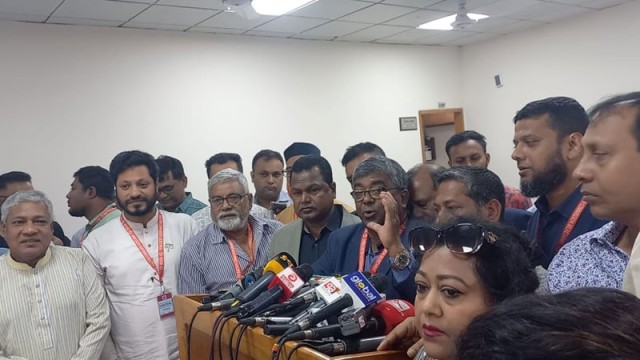



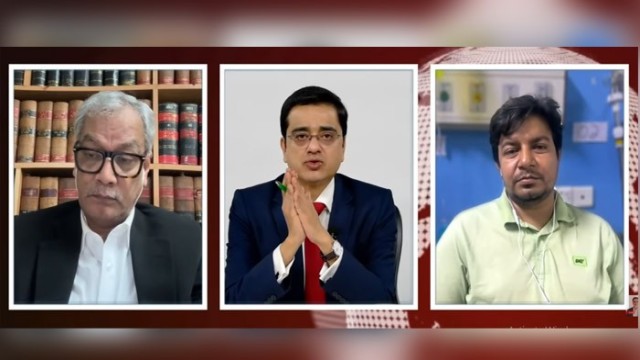



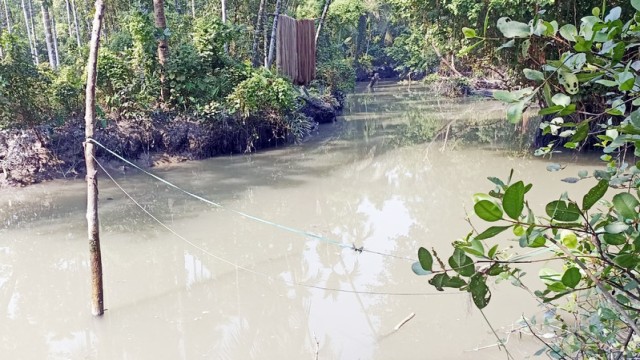
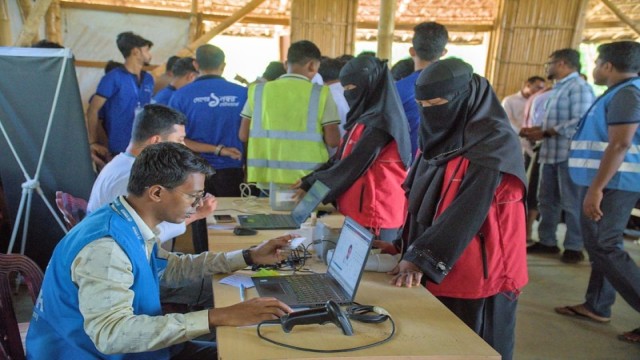


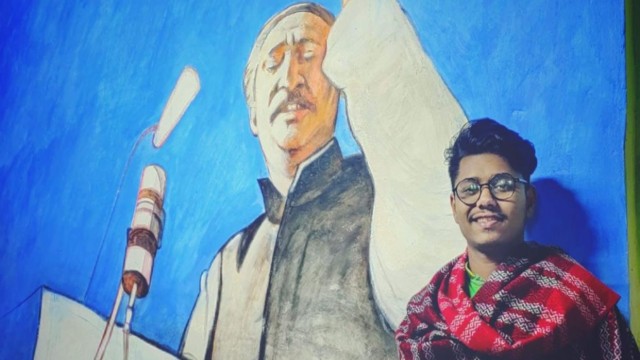








Comment: